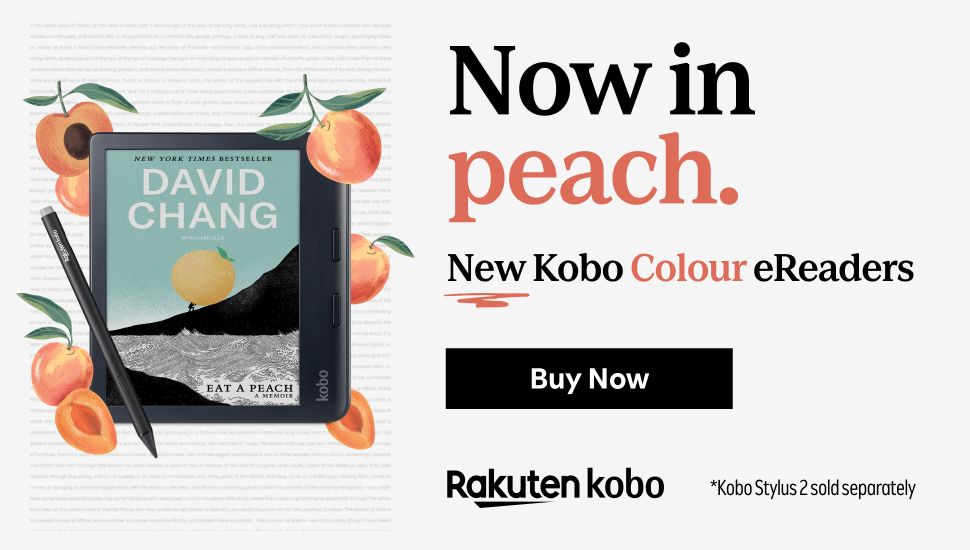
The Future of The Ripped Bodice Diversity Report
In February, the Ripped Bodice (hereafter referred to as TRB) released their annual State of Racial Diversity in Romance Report. This report is something that owners Bea and Leah Koch have been doing for the last five years. Its intention is to highlight how many romances by BIPOC authors are being traditionally published and by which publishing houses.
The “whiteness” of the romance genre is something that can’t be denied. While there have always been BIPOC authors, they don’t get as much publicity, reputability, or acknowledgement as their white counterparts. The harsh reality of it is that white authors and characters still dominate traditionally published romance. And this report is intended to shine a light on this imbalance.
However, after the 2020 release, concerns and questions were raised as to the validity of the report and what it was really showing. This lead to a request for more clarity from multiple people. TRB didn’t respond to these questions when they were initially raised.
The Critique
On March 16, Nick & Ari released a critique on Medium. These two are well-known bloggers within the romance community. Nick has her own website dedicated to all things romance. Ari is a dedicated reviewer of romance, being primarily active on her Goodreads page and Twitter. They were also part of the masterminds behind the Swoon Awards, which debuted last year and are affectionally known as the Swoonies. In addition, Nick is also a statistician, so she understands a bit of what goes into crunching raw numbers like this.
So, they know more than just a little bit about both romance and statistical reports.
Their critique went into great detail regarding their concerns with the report, including lack of transparency about how the information is collected and possible ethics violations in their methods of determining the race of an author. The critique took a considerable amount of time and effort from these two and raised a number of good questions about what went into the numbers. This was also related to how well this information was portrayed in the charts and graphs. A majority of the community appeared to agree, and TRB tweeted that it would respond to it shortly.
On Tuesday, March 22nd, they made good on that promise. And it didn’t sit well with me. At first, I wasn’t quite sure why. But, as I sat on it for the remainder of that day, I realized why it had left such a sour taste.
Bluntly put, it was a not great response.
The Response to the Critique
The response was on shaky grounds from the opening section. TRB stated that they were hoping to have an open dialogue on this. They went on to state that by the time they made the response, the avenue for that was closed. This was simply not true. I skulk a lot in the land of Twitter, even if I’m not a regular poster. Multiple authors, bloggers, reviewers, and other romance lovers were asking for more clarity on the report from the moment it was announced. I follow Nick on Instagram, and she also raised questions there. For almost two weeks, TRB didn’t respond to any of the concerns brought. Only after the critique was published and made available did they decide to reply.
They were also extremely dismissive of the work that went into it. It’s not even a matter of overlooking the fact that the authors of the critique are behind the Swoon Awards. They also didn’t acknowledge that Nick is a statistician who is about to earn her PhD. So, crunching numbers like this is really kind of her jam. In fact, they opened the reply by simply calling them romance bloggers/readers, which suggested the intention of wanting to make them seem less than qualified to write the critique.
Obviously, there is nothing wrong with writing about romance. I do it all the time. But there’s more to me than that, just like there’s more to Nick and Ari. This also extends to Leah and Bea; there’s more to them than running a romance bookstore. In fact, this type of dismissive air is something that romance readers fight against constantly; we don’t need those calls to come from inside the house.
Despite their statement of not wanting to come across as defensive, that is exactly how their response read. The fact that they wrote their response in a call and response format didn’t help matters either. It didn’t do much outside of reiterating information that already been available in the FAQ. I feel people were hoping for more than that and to hear more about their method.
The message read that since they were the ones who started doing this, their methods shouldn’t be questioned. And therein lies the rub. They could ask for help from other BIPOC people. There are people who may be willing to lend their time to ensure that the information is being relayed more correctly.
Honestly…it took a week for a response that, despite what it said, seemed to ignore the extensive work that went into the critique.
Problems of Our Own Design
Now, there is the very real fact that this could be a controversy of our own design. And by that I mean that for so long, a majority of Romancelandia has used this diversity report as the benchmark, practically making it gospel. When it gets released, it is posted as a regular news piece here on Book Riot. It’s even referenced in publications like Publishers Weekly.
But should it be? Aside from telling us something that most readers already know, it doesn’t serve much of a purpose. Based on the report, most publishers won’t even work with them on the numbers. So, the data is, to say the least, skewed. And we should have been taking it with more than a grain of salt years ago.
When it was published, I shared it on my Twitter. But I also shared the critical takes on it as good points were raised on both sides. In fact, when it first came out, there was a lot of back and forth dialogue. And honestly, the opportunity to have this be a civil debate is still possible, even after all this recent hurt.
I steadfastly agree that when it came out, it was fresh and innovative. It also helped to call out the racism in publishing overall. But, now is the time to step it up. Pointing fingers doesn’t do much to fix the problem, because all that is doing is causing division in the genre. We can already tell from the report, as well as our own observations at bookstores and libraries, which publishing houses uplift different voices and which don’t. As readers, it is on us to be accountable in which authors and houses we support. So we need to focus on what we can personally do on our own and work from there.
What We Don’t Want To Do
Now, please don’t take this as a call to cancel TRB or any authors, regardless of which side of this divide they fall on. Bea and Leah have done a lot of good things for the romance genre and, again, when this diversity report came out, the representation for BIPOC in romance was way worse. There are horror stories of how they have historically been treated by the Romance Writers of America. That is its own kettle of rotten fish. And sadly, not a whole lot has changed in terms of representation.
Nor am I demanding to see the raw data or that they make better charts. I certainly am not volunteering for the role, but there are options in third party affiliates that do and could help make the data clear. Plus, there are many reasons why an author might not want to have their background information shared. Some don’t even use their real name or make their picture available. And I completely respect that. We don’t want to make authors feel like they have to share this information with us. The only time this becomes an issue is when an author presents themselves as something they’re not in order to sell a book or an idea, which is another situation all around.
The Possible Future of the Report
Getting back to the question of what comes next. Should there be a new addition to the report to include different kinds of diversity? It’s really awesome that more Black authors are out there. But, how many are writing on Black love? How many LGBTQ authors are there and how many of them are writing characters that are also somewhere on that spectrum? What about neurodiversity in both authors and characters? Diversity is all types; not just ethnicity.
Only time will tell what will happen to the report. Personally, at this point, I’m not sure if it can or should be saved. Part of me wonders if the best thing to do is cease with this report altogether or have another party take it over. Since TRB started it, the probability of that could be unlikely. If they do, I would recommend that enlist the help of statisticians to ensure the numbers are correct or let someone else take over.
It is also possible that they may no longer want to, which I feel is fair. It is a lot of work and if you can’t get the correct information, is it really worth the effort to put it together? Anything worth doing is worth doing well, and if you can’t bring all the facts in, the report is going to be less than accurate.
The reality is that as things get older, they need to grow, change, evolve, and all that jazz. From my casual observation, that is the main takeaway; that the data could be presented better and there are people out there who could do it. There are more nuances and particularities that it’s no longer just a — for lack of a better expression — black and white thing. There is so much more representation that needs to be made in the romance genre. And the report doesn’t do much to show those nuances.
If it does continue within the same parameters though, romance readers as a whole need to take it with that proverbial grain of salt. We know that there is so much more to being diverse than how many BIPOC authors a publishing house represents. This report, as it is, overlooks multiple nuances. It can no longer be held as the standard or the blueprint we measure by. Enjoy it for what it is, but don’t take it as the end all and be all of the romance industry’s state of diversity.








